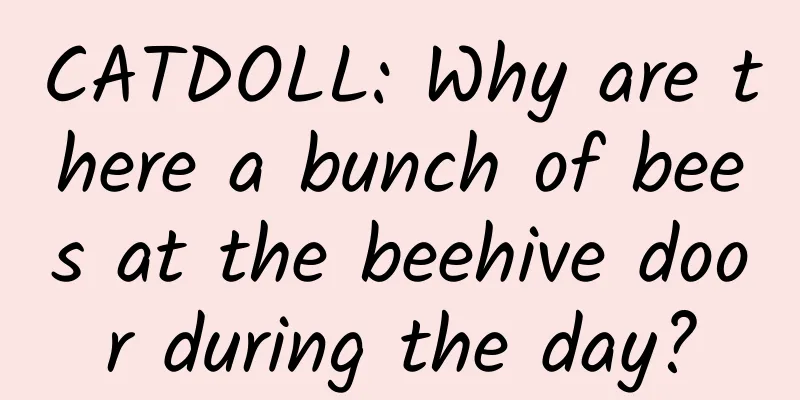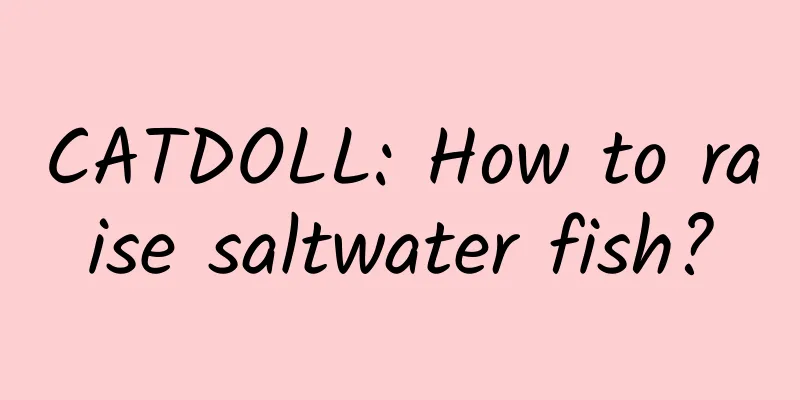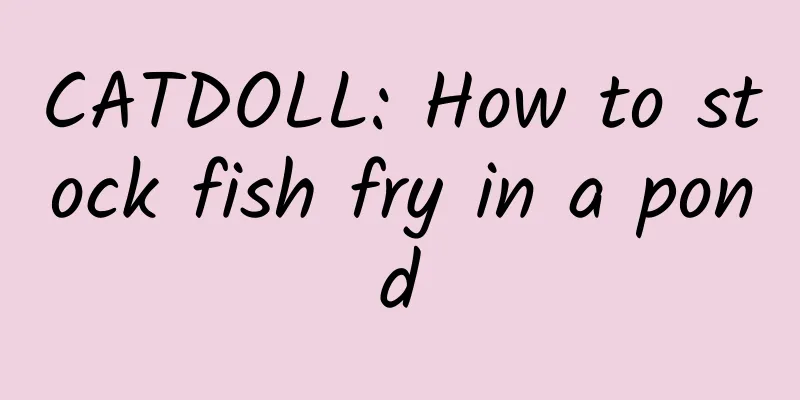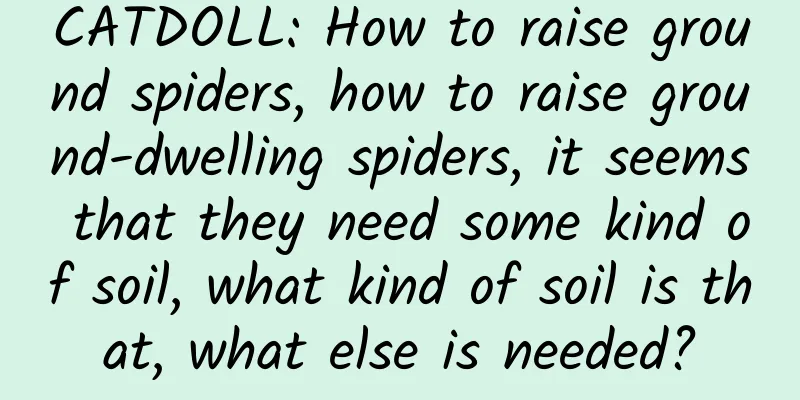CATDOLL : CATDOLL: Why are there a bunch of bees at the beehive door during the day?

1. Why are there a bunch of bees at the beehive door during the day?1. Gathering of guard bees. 1. During the period when pests invade the bee colony, guard bees often appear at the entrance of the beehive, ranging from one or two to dozens. They may be there to give warnings, to deter foreign enemies, or to directly fight the pests. Depending on the severity of the situation, there will be more or less bees gathering. 2. During periods when bee theft is more frequent, there will be guard bees at the entrance of the beehive to prevent bees from other bee colonies from entering the nest to steal honey. If the bee theft is more serious, the bee colonies will gather at the entrance of the nest. 3. During periods when hornets come and go frequently, there will also be guard bees at the entrance of the beehive, but they are rarely seen in clusters. Only large groups will be like this, because only large groups have a certain degree of resistance against hornets; small groups can easily be "annihilated" by hornets. 2. “Traffic jam” caused by sick bees. If there are nest worms, sick larvae and sick young bees in the bee colony, healthy worker bees will choose to move these sick larvae out of the nest, and sick bees with missing limbs will leave the nest on their own or be driven out of the nest. At this time, a large number of bees will enter and exit the nest. If there is a "traffic jam" in the middle, it will give people the phenomenon of bees piling up at the nest entrance. 3. The temperature inside the beehive is too high. If the temperature inside the beehive is too high, a large number of worker bees will gather at the entrance of the nest to "cool off". This situation is more common in summer. Once night falls and the temperature slowly drops, the bees will slowly enter the beehive. 4. Occasional food accumulation. If there is water or the remains of honey combs at the entrance of the nest, bees drinking water will gather there, or bees collecting the remains of honey combs will gather there. 5. The shortcomings of Chinese bees. One of the shortcomings of Chinese bees is that they produce little honey. There are two reasons for this: first, Chinese bees are small in size and have weak honey collection capabilities; second, their ability to make honey is very poor. One of the main reasons for their poor honey-making ability is that they do not use the right method to remove water from nectar; this is also a major shortcoming of Chinese bees. During the honey harvest period, the bees in the hive are working hard and the temperature is high. Italian bees will constantly fan the hive door to reduce the internal problems and discharge the moisture of the honey. However, Chinese bees are different. They are like fools. They often have bees piled up at the hive door, not only blocking the hive door, but they also fan the hive, which is not conducive to discharging the moisture in the hive and reducing the temperature in the hive. I don’t know what they think. With this fatal shortcoming that affects honey production, it goes without saying that Chinese bees have low production. 2. What is this beehive?This is a wasp nest, Vespidae: Bees of this family, usually called wasps or hornets, are medium to large, with smooth body surfaces and various patterns. They have well-developed mandibles. Chewing mouthparts. Antennae are knee-shaped. Large compound eyes. The wings are long and narrow, and folded together longitudinally when at rest. The abdomen is generally not contracted and is shaped like an abdominal stalk. Wasps have a simple social organization, with queens, drones and worker bees, and often build a paper bell-shaped or layered hive, where they live collectively. Adult wasps mainly prey on small insects of the order Lepidoptera, so they are also an important natural enemy insect. The beehive, commonly known as the honeycomb, is a place where bees live, reproduce, store, live, overwinter and carry out other activities. It is a general term for the empty combs, honey combs, powder combs, brood combs, bee paths and spaces inside the beehive. The beehive is the honeycomb, which is a waxy structure built by the wax secreted by the wax glands in the abdomen of the worker bees. It is in the shape of a hexagonal cylinder. The honeycomb built by the bumblebee of the Vespidae family or closely related bees is called a dew beehive in traditional Chinese medicine. The Shennong's Herbal Classic lists it as a top-grade product, believing that it "tastes bitter and flat. It is used to treat epilepsy, convulsions, cold and heat evil spirits, epilepsy, ghost spirits, poisons, intestinal hemorrhoids. It is good for boiling with fire. It is also called bee intestines." When bees breed bees and leave the nest after they emerge from the nest, they will leave a thin layer of cocoon in the nest. As the number of generations of insects increases, the cocoon gradually thickens, the volume decreases, and the color changes from light to dark, and finally becomes dark brown. This is a sign that the honeycomb is old, commonly known as old spleen or old honeycomb. A honeycomb usually needs to be replaced after 1 to 3 years. A large or medium-sized apiary has to eliminate hundreds or even thousands of old combs every year. 3. How to kill wasps near beehivesThe following methods can be adopted: ① Place the bodies of killed hornets on the apiary to lure the hornets to fly over for food, and then kill them by swatting them; ② Apply insecticide (such as Wanyou powder, formerly known as Zengxiao Baichongling) on the killed hornets, and release them. After returning to the nest, they can poison other hornets; ③ Fill a wide-mouth bottle with 3/4 honey vinegar (diluted vinegar with honey) and hang it near the apiary to lure and kill hornets. 4. What should I do if a giant hornet comes to my beehive?Wasps are relatively large, so the entrance and exit of the beehive should not be too large to prevent wasps from entering directly and harming the bee larvae. As long as the wasps cannot enter and there are not many wasps outside, the honey colony will resist the wasps. 5. There are always some bees, wasps, hornets or wasps coming to suck the mint flowers in my house, which makes me afraid to open the windows. Will those bees stay near my house over time?Yes, because it knows that your home is oily and watery. If there are children at home, it is best not to let it build a nest, as it will harm the children. |
>>: CATDOLL:How to keep wasps?
Recommend
CATDOLL: How long does it take to raise earthworms before you can sell them? Zhihu (How long does it take to raise earthworms before you can sell them? Zhihu video)
1. How many days does it take to raise earthworms...
CATDOLL: Is it better to raise silkworms in summer or autumn?
1. Which month is it best to raise silkworms? 1. ...
CATDOLL: Methods and measures for the aquaculture industry to deal with long-legged mosquitoes
The threat of long-legged mosquitoes Long-legged ...
Do cats have left and right hands?
Are cats left-handed or right-handed? People are ...
CATDOLL: Can silver carp reproduce on their own?
Yes. Silver carp is a pelagic fish of the tribe. ...
CATDOLL: Why are crayfish so expensive?
1. Why are crayfish so expensive? It is another g...
CATDOLL: Is eel a cool or hot food?
Is eel cool or hot? Is eel cool or hot in nature?...
Why do cats rub their heads against people and make purring sounds?
When a cat rubs its head against its owner, it is...
CATDOLL: Is it harmful to raise ants? Why do they die? (Is it harmful to raise ants? Why do they die?)
1. How serious are the harms caused by ants? Ants...
CATDOLL: Experience in breeding golden cicadas (Experience in breeding golden cicadas)
1. What are the techniques and methods for breedi...
CATDOLL: Do I need to put soil in order to raise ants? (Do I need to put soil in order to raise ants?)
1. What conditions are needed to raise ants scien...
CATDOLL: Each time a bee goes out, it collects honey from about 100 flowers, collects honey 40 times a day, and can make a total of 20 grams of honey. If a bee wants to make 100 grams of honey, it
1. Each time a bee goes out, it collects honey fr...
CATDOLL: A complete analysis of the treatment methods for frequent diarrhea in pigs
The reason why pigs often have diarrhea Diarrhea ...
CATDOLL: How to make pigeons recover quickly after getting sick?
1. How to make pigeons recover quickly after gett...
CATDOLL: What effect does the centipede have on the red dragon fish?
1. What effect does centipede have on red dragon ...









